Have you ever noticed that most streets are tall, mighty oaks, maples, spruce, and pine? Very few fruit trees are planted on public property, despite their ability to provide plenty of food. Here’s why cities don’t often plant fruit trees, but how urban orchards may be the solution.
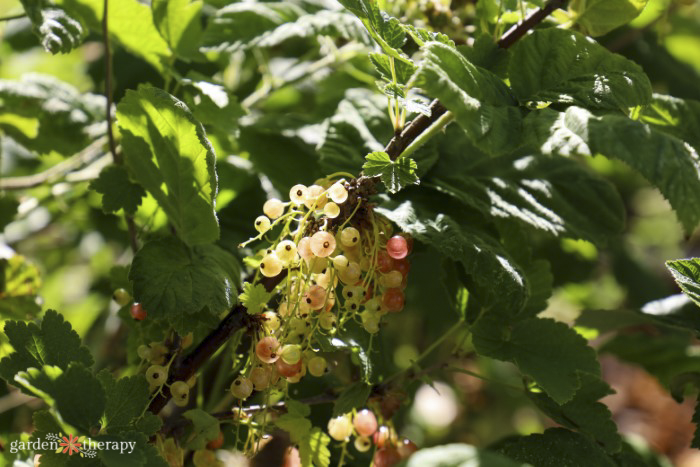
If you were to ask me what my dream world would look like, you bet the cities would be covered in greenery. Fruit trees would be the star of the show, lining every street where we could all take one big juicy bite as we walked by.
This isn’t the first time I’ve discussed replacing street trees with edible ones. Many people worldwide are dealing with food insecurity and looking for reliable green spaces to help.
City and street trees seem like the obvious solution, right?
Well, it’s a little more complicated than planting a peach tree and letting anyone who wants a bite have one. Here are some of the many reasons why cities don’t plant fruit trees.
- Fruit Trees Are Messy
- Not Enough Infrastructure
- Cleanliness of the Fruit
- Poor Growing Conditions
- So, How Do We Improve Food Security With Fruit Trees?
- Why Are Urban Orchards Important?
- Final Thoughts on Fruit Trees
- More Ways to Grow More Food
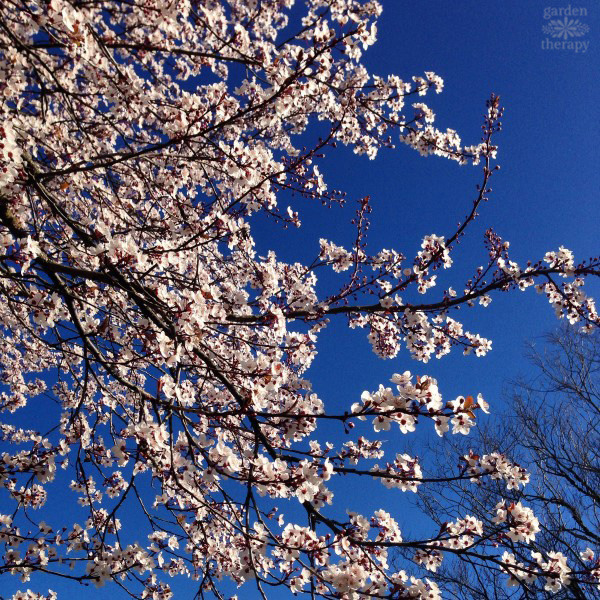
Fruit Trees Are Messy
One of the main reasons we love fruit—how juicy it is—is also a big reason why we don’t plant fruit trees on public streets. They’re just plain messy!
If no one picks the fruit, it will create a mess on top of cars, sidewalks, and streets, and all that fruit will also get tracked inside.
And when you have lots of available fruit on the ground, you’re going to attract wildlife. This can mean more bugs, pests, rodents, and even larger mammals like deer or bears.
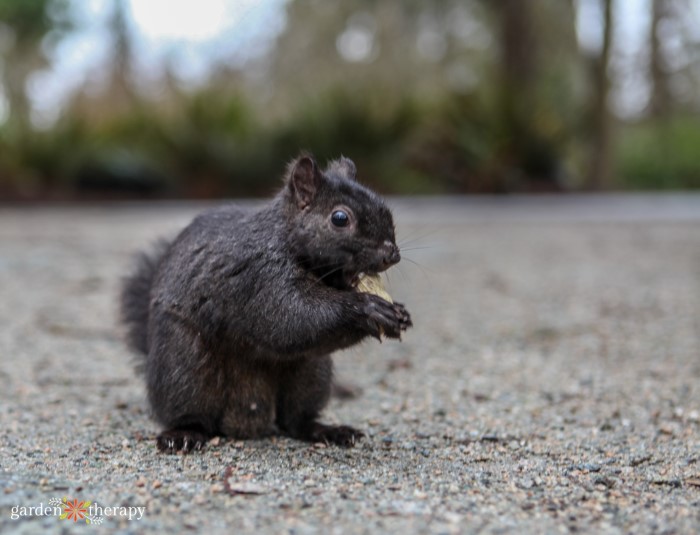
Not Enough Infrastructure
To keep away the mess, someone needs to be there to harvest all the fruit or clean it up if people aren’t going to pick the fruit themselves.
A good fruit tree requires a lot of maintenance and pruning to achieve the best shape and to direct attention from the tree to growing food. And we all want to make sure they look good.
If you have city trees by your property, you already know that they are neglected by the city. Getting the manpower needed to maintain these trees costs a pretty penny.
Besides paying for labour, cities will need more equipment to maintain and harvest these trees efficiently. Which, yes, costs more money.
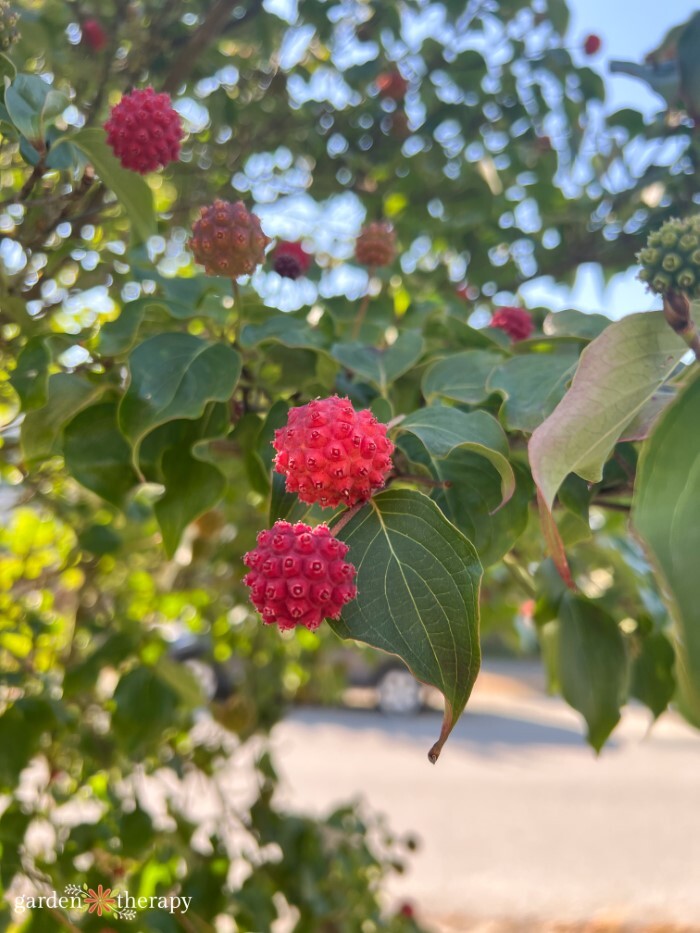
Cleanliness of the Fruit
One of the best parts about growing your own food is that you know exactly what went into making it. As an organic gardener, I want to keep my plants as far away from herbicides and pesticides as possible.
But with food grown on public land, I don’t get much of a say. Cities can spray whatever they want on the fruit, and they likely would keep maintenance easy and pests low.
There is also the matter of pollution. Now, this depends on where the fruit trees are planted. But if they’re close to busy streets, they might be covered in soot from exhaust. The pollution can also make its way into the fruit itself, as the trees look for ways to get rid of what it’s absorbing.

Poor Growing Conditions
It’s no secret that the sidewalk strip is not an easy place to grow things. They don’t call it the hell strip for nothing! The soil here is often compacted, salty, and polluted, leading to an unhealthy tree more susceptible to disease and sub-standard growth.
The plants are also more susceptible to damage from higher street traffic and have to battle with concrete and asphalt to grow good roots.
Because of all this, cities often plant hardy trees on streets. These trees don’t mind the poor growing conditions and will thrive and provide shade.
Fruit trees tend to be small, and larger trees can actually help lower temperatures. Cities are big heat islands, where the paved roads and pathways combined with the buildings amplify and trap the heat. The more surfaces that are covered in green and shade, the fewer heat islands there are.
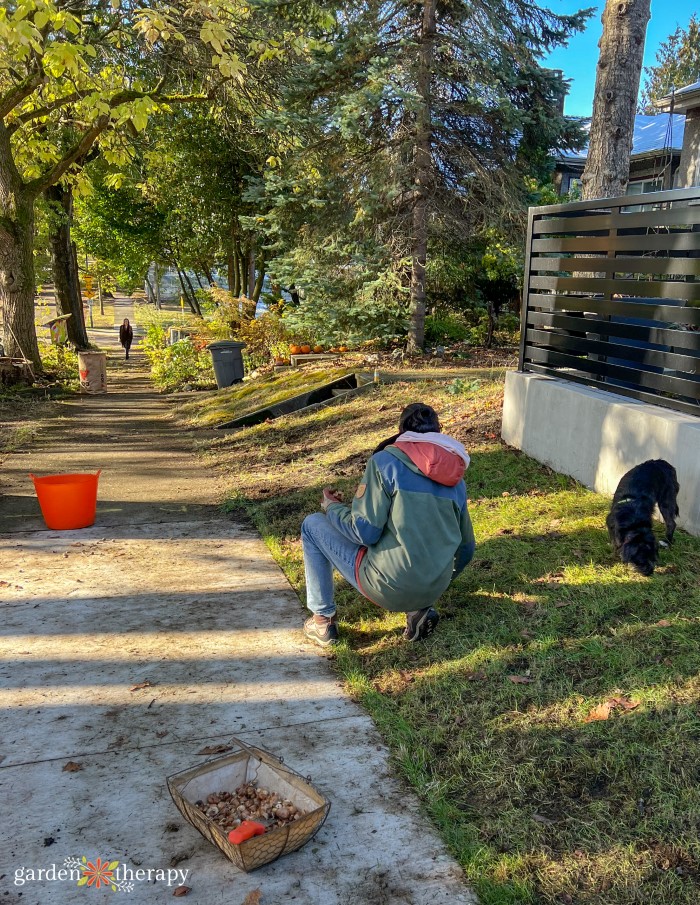
So, How Do We Improve Food Security With Fruit Trees?
City fruit and nut trees are definitely an option, and many cities have started planting more of them. I’ve spotted many folks in my own neighbourhood collecting chestnuts!
Edible cities and edible parks are becoming increasingly popular. These are public lands with edible trees, bushes, and vegetables that anyone is welcome to. Most will take formerly overgrown or derelict areas and make them useful for the community.
Urban orchards are another similar practice. Like community gardens, these are orchards where people collectively maintain fruit trees and harvest their own fruit. For instance, The Orchard Project is a big charity that focuses on creating more urban orchard hubs in the UK.
In Vancouver, we have the Copley Community Orchard. You might have one near your home too!
Most of these programs and initiatives rely on volunteers to do the maintenance, not city workers. Volunteers will take care of the plants, harvest the fruit, and help distribute it to those who can benefit most.
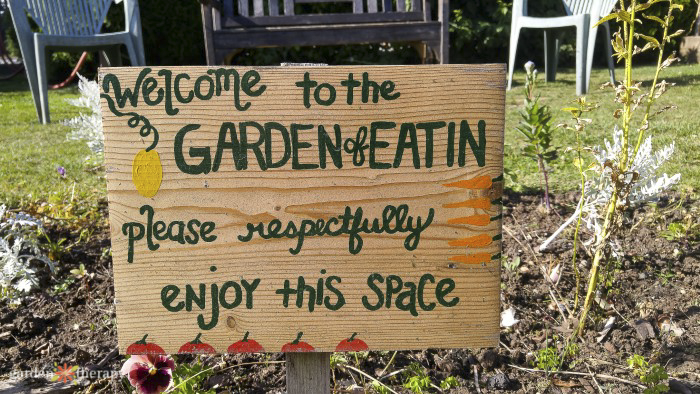
Why Are Urban Orchards Important?
Fruit and nut trees are some of the most amazing things you can grow. They are a staple in food forests and other edible landscapes. Once established, they provide a generous bounty for many years and require very little input.
When accessible, they’re one of the best ways to produce plenty of food and help reduce food insecurity.
The Philadelphia Orchard Project is a great example. They have over 68 partner sites where they produce 200-300 pounds of produce a week. With their harvests, they donate to food pantries and sell produce at farmer’s markets at an accessible price.
Fruit trees also allow people to access and harvest culturally significant foods. There are so many edible plants out there that we’re not eating simply because they’re difficult to find in a grocery store. As a bonus, diversifying what we eat is great for the environment, too.
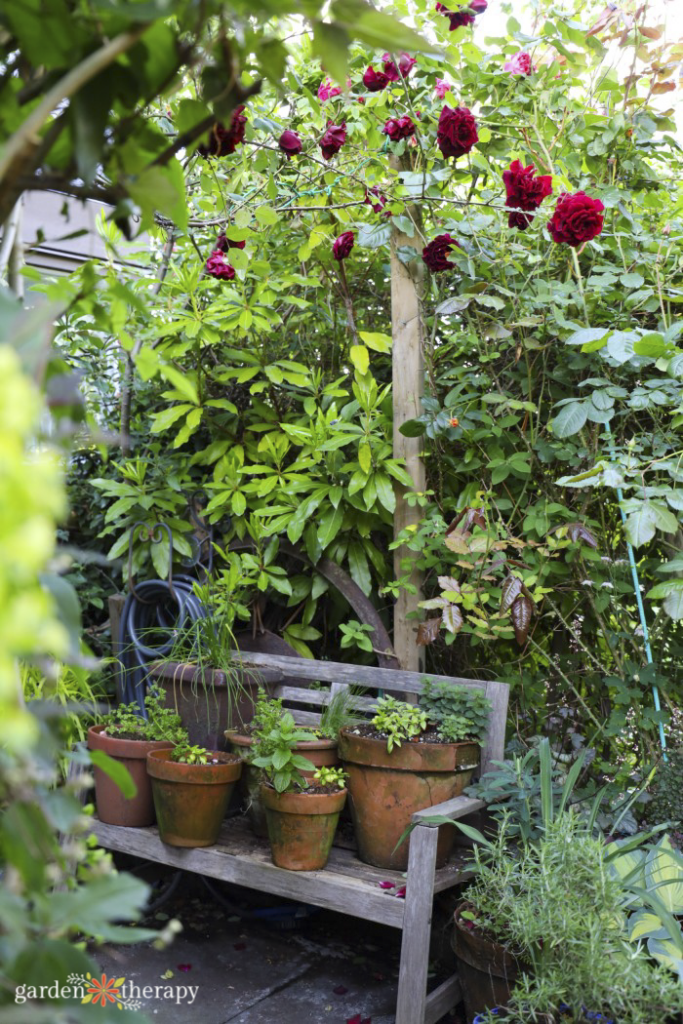
Final Thoughts on Fruit Trees
I’m a big fan of fruit and nut trees. If you are lucky enough to have an edible city tree, consider stepping in and lending a hand to its care and harvest. And if you don’t have one, consider planting one by your fence line. This allows others to enjoy a bite or two as they pass by!
If you can’t harvest it all for yourself, share your bounty with the community. I’m positive plenty of people will jump at the opportunity for organic, local fruit.





